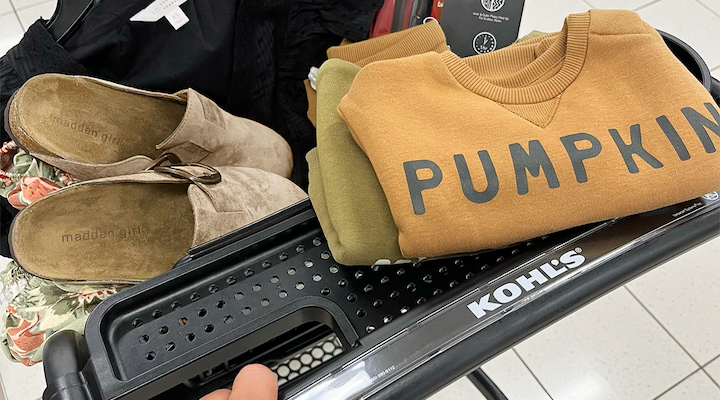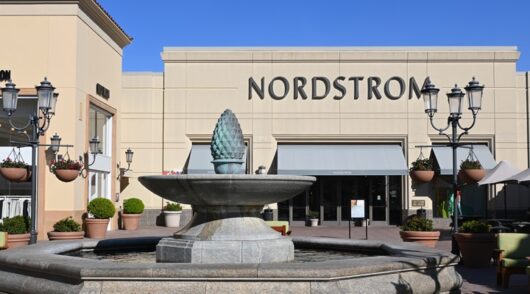The latest Kohl’s results are dismal, and they show a company that remains in freefall at a time when most other retailers are at least maintaining their elevation.
A 5.3 per cent decline in overall sales, underpinned by a 4.4 per cent decline in comparables, is way worse than the market which, across the categories Kohl’s sells, grew by 2.9 per cent over the quarter. Admittedly, most department stores had a tougher time attracting trade but, even within this league, Kohl’s remains at the bottom of the table.
While the headline numbers look bad enough, they are even worse than they appear. First, this is the third year in which first-quarter sales have declined. And, compared to the same period in 2019, sales are down by a sharp 16.8 per cent. In cash terms, this means Kohl’s has lost $643 million in revenue.
Second, the numbers are supported by a sharp uptick in beauty which has been driven by Sephora. When this is removed from the numbers, sales across Kohl’s core categories are even more negative than they appear.
The one chink of light comes from the fact that Kohl’s said full-priced sales increased by 2.4 per cent over last year. This is likely true, but it comes off the back of weak performances in prior years. It was also offset by a lackluster clearance sale, which underlines issues with the quality of inventory and the fact customers are drifting elsewhere for bargains and deals. It is also the case that the full price numbers are flattered by the inclusion of Sephora, which rarely discounts.
Unfortunately, the problems on the sales line are now filtering through to the bottom line, where last year’s modest profit of $14 million has been replaced with a $27 million loss. While Kohl’s is still profitable at operating level – albeit with diminished margins – the company is not generating enough money to cover its interest expenses. This is highly damaging, as such a constraint means it will become more difficult to make the investments that are desperately needed.
Those investments need to include an upgrade of stores which are not only looking increasingly shabby but are also very dismal and depressing. This means expenditure on more labor hours to ensure proper merchandising disciplines and simple upgrades of layout, lighting and displays. Not attending to these issues has already lost Kohl’s customers – some 1.3 million of them over the past five years according to GlobalData’s figures – and it will lose them more if the problems are not fixed. This is especially so as most other retailers, including Macy’s and JCPenney, have bitten the bullet and are taking steps to create more engaging shopping environments.
To be fair to Kohl’s, it is not entirely without a plan. It wants to boost its selection in categories like home and gifts and become more trend-driven in apparel. These things are sensible, but without the backdrop of a pleasant store, the initiatives simply fall on stony ground, and the improvements get lost in a sea of clutter and disorder. The same principle applies to the addition of Babies R Us outlets: a good idea on the surface, but one that will do nothing to remedy the issues across Kohl’s core business in the same way that neither Sephora nor Amazon returns have pulled the business out of the mire.
Kohl’s management team is competent, and it says a lot of the right things about merchandising and the essentials of retail. However, we need to see these plans come through much more strongly, as at present there is too little change on the shop floor. Until this is delivered in a tangible way, Kohl’s will continue to bump along the bottom and will continue to cede market share and customers to sharper operators.
- Neil Saunders is MD at GlobalData.






